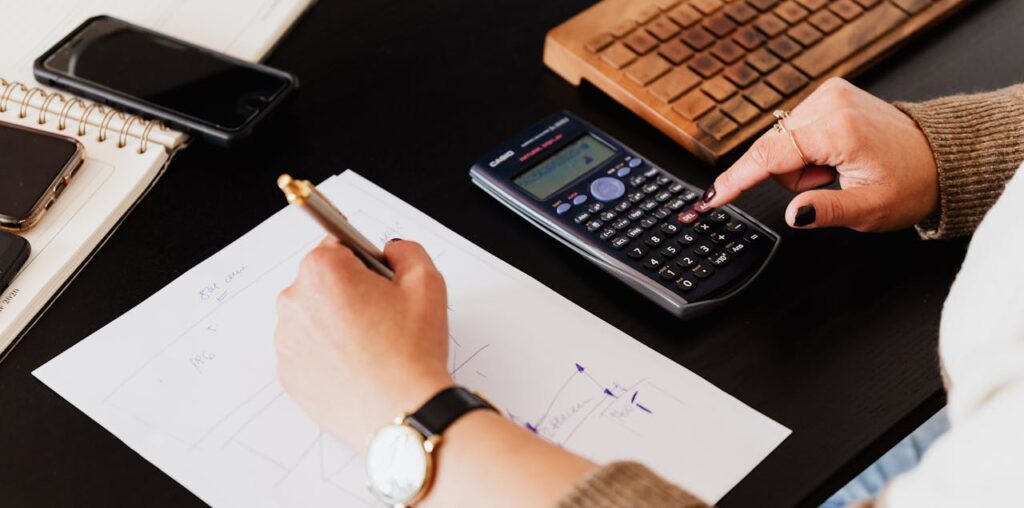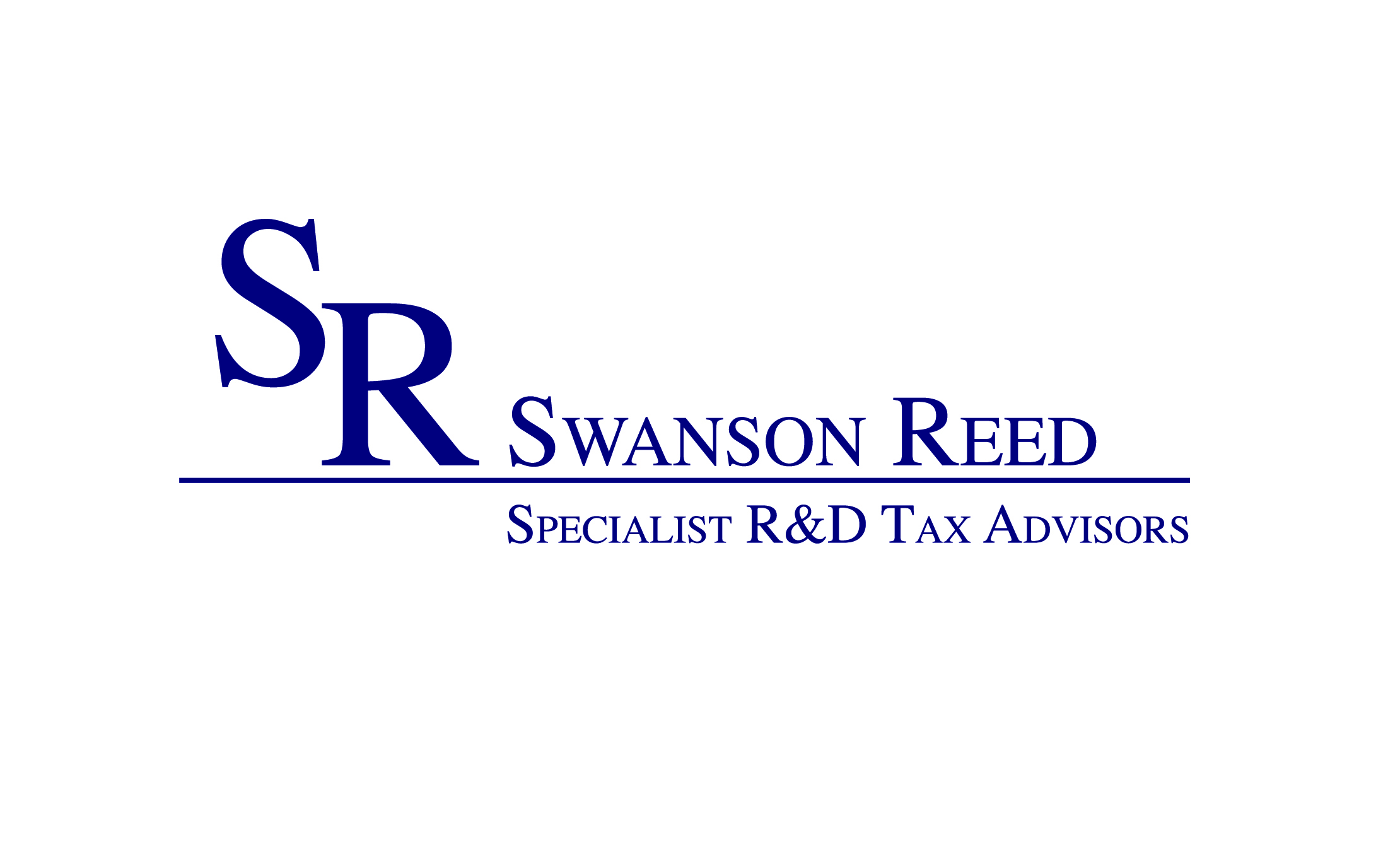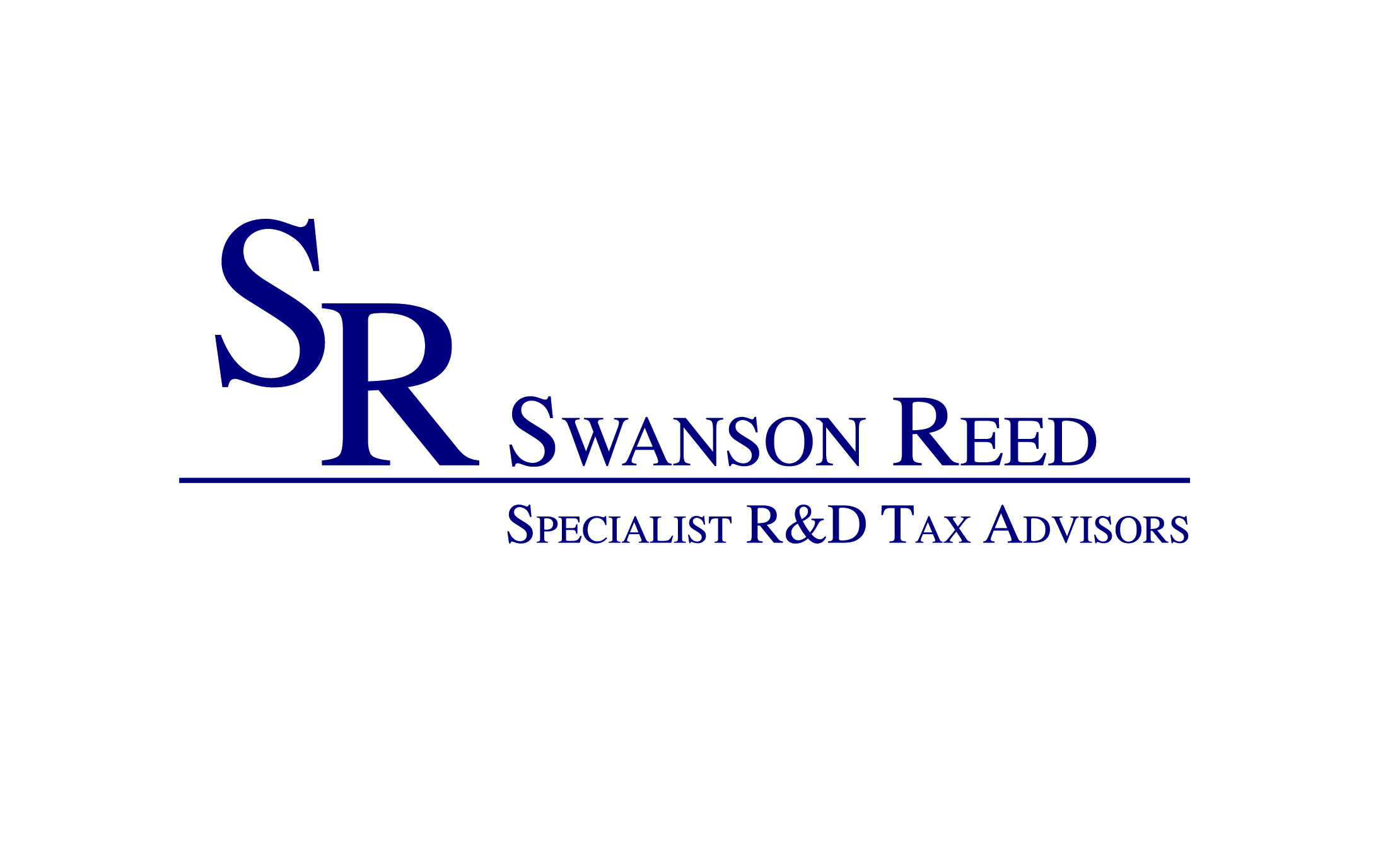Depreciation is a critical tax expense for every small business person since it provides a chance to cut costs on taxes. If used correctly, this deduction can shave thousands of dollars from a business owner’s tax bill. However, every small business has a chance to receive depreciation deductions.
Even though the term ‘depreciation’ seems to have negative connotations, as it means that something is steadily losing value, especially in the eyes of the taxman, it is beneficial for businesses.
This deduction can be of high importance, so it is helpful to know it. In this article, we’re going to explain what depreciation is and how you can apply depreciation to your business to make it more financially sound.
What is Depreciation?
This category of assets is acquired for use in the business and has a useful life of more than one year but gradually depreciates as it gets worn out or replaced by new products. Depreciation is an accounting technique, which allocates the cost of a physically or technically deteriorating asset over its useful life to determine the extent to which it has been utilised. Depreciation for this loss in value helps in reducing your business’s taxable income.
There are a few factors that will cause a decline in the value of an asset. They are susceptible to wearing out such as cars with many miles or being phased out due to newer models such as software applications that are updated.
Depreciation is a way of spreading the cost of an asset over a particular period to show it as an expense on the business income statement. To take this deduction, you will have to file form 4562 together with your tax return.
What Kind of Equipment Can be Depreciated?
Some of the commonalities that define which equipment is eligible for depreciation include the following; different companies have different rules on what qualifies for depreciation but common characteristics of equipment that are likely to be depreciated include the following; Here’s a breakdown of commonly depreciated assets across four main categories:
Three-Year Property
- Business-Specific Equipment (e.g., a lawnmower for landscaping services)
- Farm Machinery
- Tractors
- Specialized Tools and Machines
Five-Year Property
- Fax Machines
- Computers
- Cell Phones
- Printers
- Business Vehicles
- Personal Vehicles
Seven-Year Property
- Office Furniture
- Appliances
- Other Equipment that doesn’t fit into other categories
Real Estate
- Residential Rental Properties- Depreciated over 27.5 years
- Commercial Properties- Depreciated over 39 years
What are the Advantages of Using Depreciation for a Small Business Owner?
When a small business invests in a long-term asset, depreciation provides four major benefits:
- Asset Valuation: As an asset is used, its value decreases. Depreciation allows a business to adjust the asset’s book value over time, reflecting its reduced worth the longer it is held.
- Expense Matching: Depreciation expenses let a business allocate the cost of an asset to specific accounting periods. This approach aligns the asset’s cost with the revenues it helps generate, giving a clearer picture of expenses and profits within each accounting cycle.
- Cost Recovery: Depreciation enables a business to recoup part of the asset’s purchase cost over time. By spreading the cost out, this method allows for a gradual tax deduction that effectively lowers the cost burden of the asset.
- Tax Deduction: Depreciation reduces taxable income by allowing a business to deduct a portion of the asset’s cost each year. This results in tax savings, which can boost the business’s bottom line.
How Do I Calculate Depreciation?
There are different ways of depreciating assets, and these are all based on a formula that involves deducting the residual value of an asset from its initial cost and then spreading the amount so arrived at by the number of years the asset is estimated to be useful, according to the schedules set by the IRS. This enables a business to write off a portion of the cost of the asset on its tax return each year, the asset is used.
Here are some common methods to calculate depreciation rates:
1. Straight-Line Method
The straight-line method of depreciation allocates equal expense of an asset over the useful life of the asset. As for using this method, you will require the cost of an asset, the useful life which is expected, and the salvage value or the expected amount the asset is likely to be sold at the end of its useful life.
2. Declining Balance Method
In the declining balance method, depreciation is greater in the early years of the asset, and it reduces progressively as the years progress. This method needs the cost of the asset, the useful life of the asset, its residual value and the depreciation rate. To calculate depreciation for the first year:
Depreciation=(net book value−salvage value)×depreciation rate
For the final year:
Depreciation=(net book value at the start of last year)−salvage value
3. The Sum of the Years’ Digits Method
This accelerated depreciation method applies a fraction based on the sum of useful years of the asset. The obtained percentage is then used each year through decreasing asset value.
4. Double Declining Balance Method
This is another accelerated method that uses twice the straight-line depreciation rate offers even higher depreciation in the early years and decreases year by year.
5. Units of Production Method
This method relates the depreciation of the asset to its usage, for instance, hours of use, number of products etc, and as such is suitable for use on assets that deteriorate with use.
Every method of calculating depreciation is unique and selecting the best one for your business depends on how you intend to use the asset and what you want to achieve. Read on to find out which of these methods might be the most suitable for your company.
Conclusion
While the details are best left to your accountant or tax professional, you must have a good grasp of depreciation if you want to get the most out of your tax deductions. It is helpful to understand how depreciation works so that you can be knowledgeable and possibly find ways to cut back on costs. Also, you can use good accounting software to assist you in tracking, managing and calculating depreciation on business assets properly.



